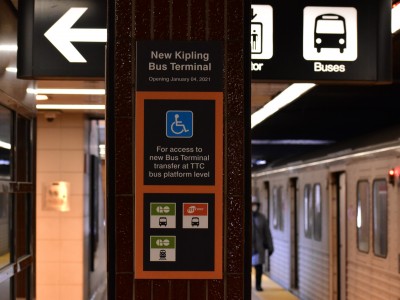TRBOT is actually pretty smart when it comes to this. First, remember that TRBOT is running a 2zone base fare system, so within the city of Toronto you have the same base fare, the separation between Zone A and B doesn't matter. The actual border is drawn At Eglinton, VP, and I want to say Etobicoke Creek. The important part is the northern border being Eglinton because under TRBOT, the Eglinton Line is included in Zone B, meaning that if you're theoretically going from Brampton to Scarborough, instead of going through Zone A on the GO train where you have to pay for an additional Zone, you can ride from Mt. Dennis to Kennedy (now what would be really nice is if Eglinton wasn't an At Grade LRT line so it would be really useful as a crosstown line, but I guess we're stuck with what we have). This does bring up the question though of if the existence Zone A contradicts the mission statement that TRBOT wants to make. TRBOT wants to make the system mode neutral, meaning that you shouldn't have to pay more to use one mode over another, or in other words you're not stuck with a worse service if you can't pay for something better. However the existence of Zone A means that if you're using a through running GO service, you have to pay more for sitting through downtown, and those who don't have the money might have to take a slower mode to get around Zone A (such as Line 5).







